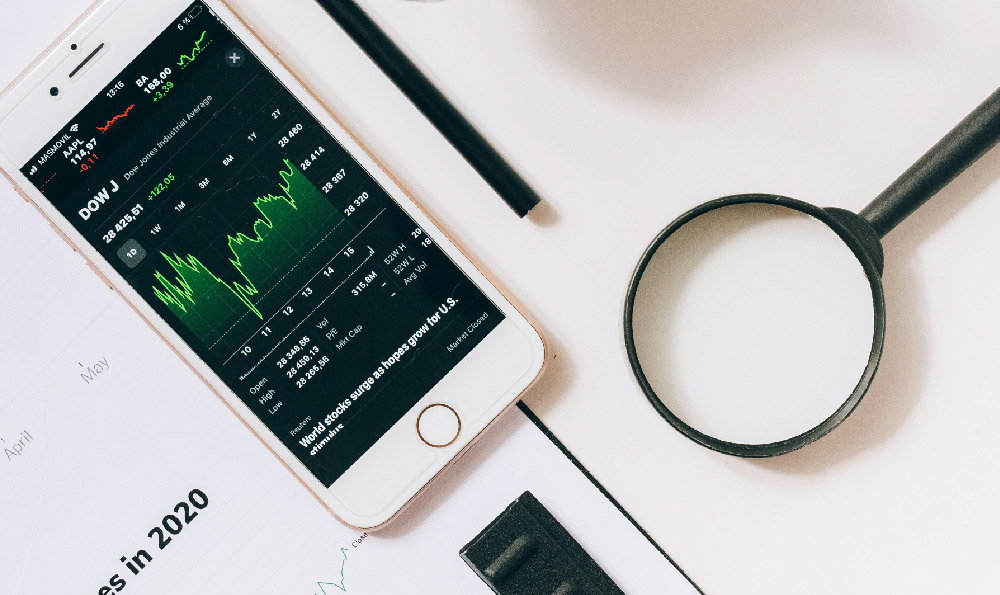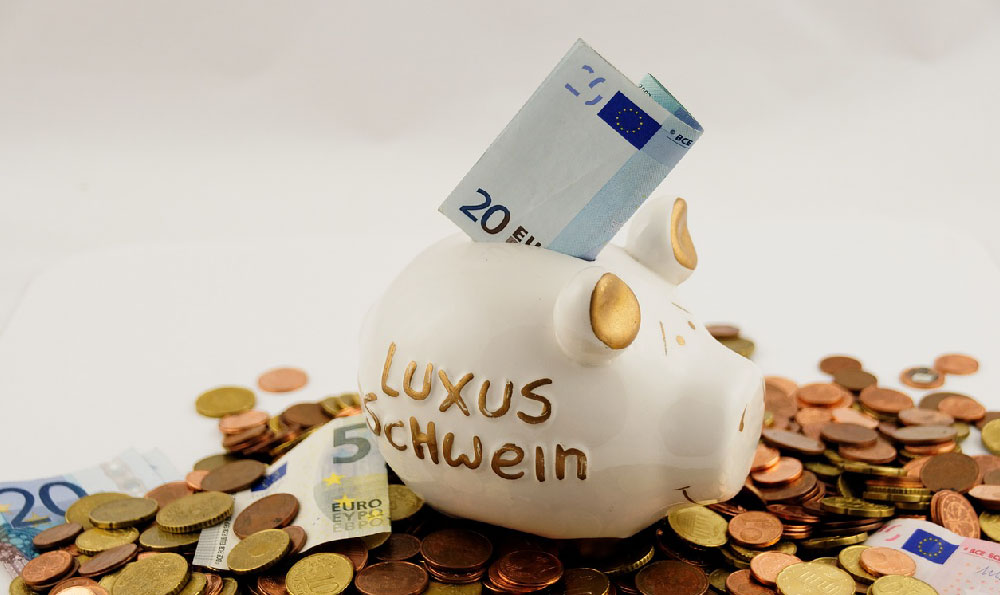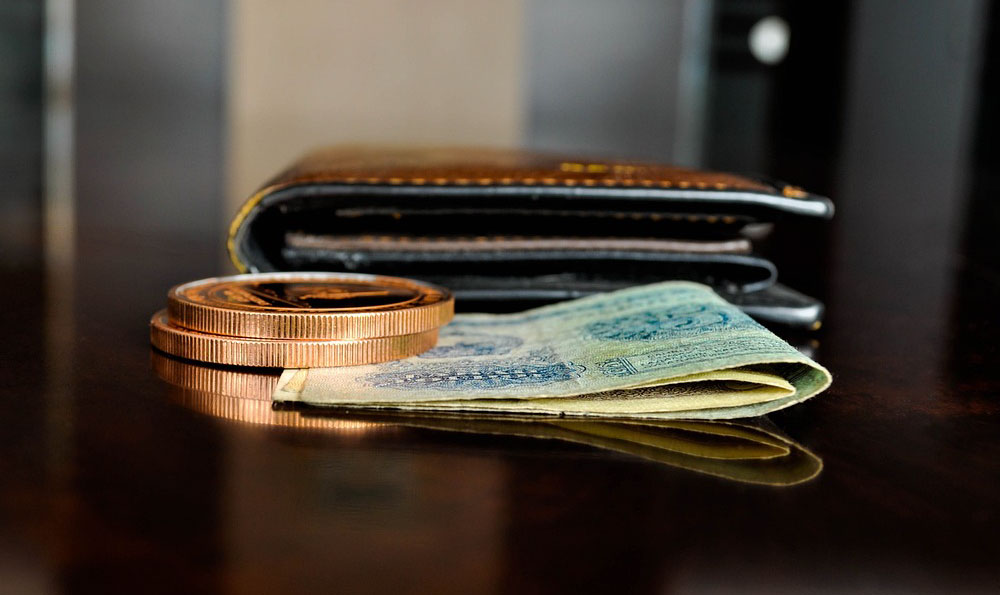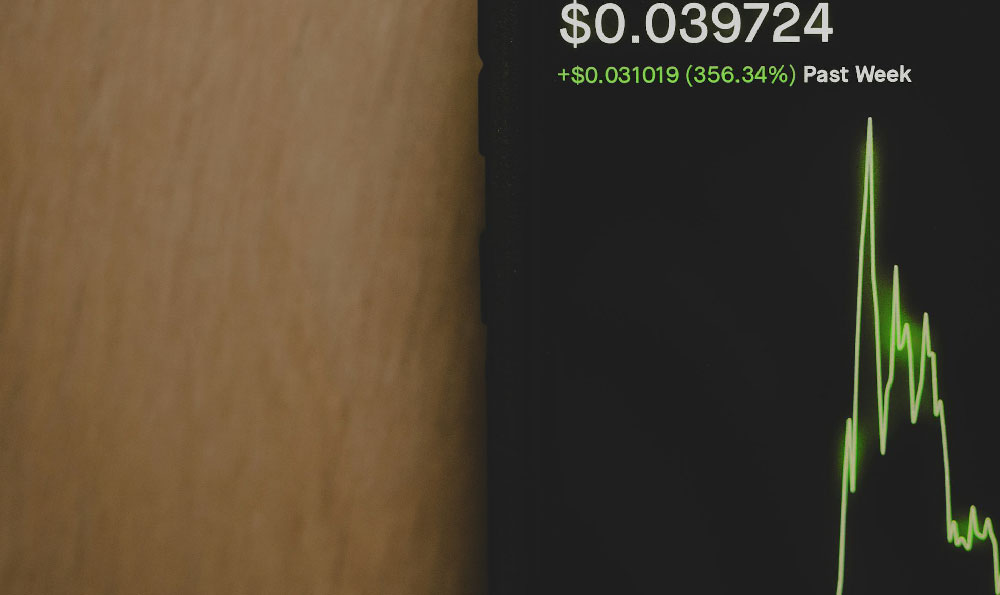Adding USDT to your Phantom wallet involves a few key steps, and understanding the nuances of how Phantom interacts with the Solana blockchain is crucial. Furthermore, assessing the security of any platform you use for handling your digital assets, including exchanges like KeepBit, is paramount before entrusting them with your funds. Let's address both aspects in detail.
First, let's delve into adding USDT to your Phantom wallet. Phantom is a popular non-custodial wallet specifically designed for the Solana blockchain. This means you, and only you, control your private keys and thus your assets. USDT, or Tether, is a stablecoin pegged to the value of the US dollar. It exists on various blockchains, including Solana. Therefore, adding USDT to your Phantom wallet means ensuring you're dealing with the Solana-based version of USDT.
The process typically involves these steps:

-
Ensure you have a Phantom Wallet: If you haven't already, download and install the Phantom wallet browser extension or mobile app. Create a new wallet, and absolutely securely store your seed phrase. This seed phrase is your master key; losing it means losing access to your funds.
-
Verify you're using the Solana Network: Phantom wallet is specifically for the Solana blockchain. Therefore, by default, it operates on the correct network. However, it's always a good practice to double-check, especially if you use multiple wallets or extensions.
-
Receive USDT (SPL Token): To receive USDT in your Phantom wallet, you need to provide your Solana wallet address to the sender. This address is prominently displayed within the Phantom wallet interface. Crucially, the USDT you receive must be the SPL token version of USDT, which is the standard on Solana. Sending USDT from a different blockchain (e.g., Ethereum's ERC-20 USDT) directly to your Solana address will result in the loss of your funds. You'll need to use a bridge or exchange to convert your USDT from another chain to Solana.
-
Activate USDT (If Necessary): Sometimes, tokens like USDT aren't automatically displayed in your Phantom wallet if you haven't interacted with them before. You may need to manually add the token to your wallet. To do this, navigate to the "+" or "Add Token" option within the Phantom wallet interface. You'll likely need to either search for "USDT" or input the token's address (contract address) on Solana. Double check the token address on a reliable source like Solana Explorer to ensure you are adding the correct USDT token.
-
Confirm the Transaction: Once you've provided your Solana address and the sender has initiated the transaction, your Phantom wallet should automatically detect the incoming USDT. You may need to confirm the transaction within the wallet, especially if it's the first time you're receiving USDT.
Now, let's address the security of KeepBit as a platform. Security is paramount when dealing with digital assets. Here's how you should evaluate the security of any exchange, including KeepBit:
-
Regulatory Compliance and Licensing: A reputable exchange should be compliant with relevant regulations and possess the necessary licenses to operate in the jurisdictions it serves. KeepBit, registered in Denver, Colorado with a substantial registered capital and holding international operating licenses and MSB financial licenses, demonstrates a commitment to regulatory compliance. This is a significant indicator of legitimacy and accountability. Verify these licenses independently through official sources.
-
Security Infrastructure: Inquire about the exchange's security infrastructure. Do they use cold storage for the majority of user funds? Cold storage, where private keys are stored offline, significantly reduces the risk of hacking. KeepBit emphasizes a strict risk control system and 100% user fund security. Understand the specifics of their risk control framework. What security audits have they undergone? Look for independent third-party audits by reputable cybersecurity firms.
-
Team and Transparency: The team behind the exchange and their background are crucial. KeepBit boasts a team from top-tier global quantitive financial institutions such as Morgan Stanley, Barclays, Goldman Sachs, and more. This level of expertise inspires confidence. Look for publicly available information about the team and their experience in the financial and technology sectors. A transparent platform is more likely to be trustworthy.
-
User Reviews and Reputation: Research user reviews and feedback online. While reviews should be taken with a grain of salt, a consistent pattern of negative feedback regarding security or withdrawals should raise red flags. Look for reviews on reputable crypto forums and review sites.
-
Insurance and Guarantees: Some exchanges offer insurance to protect user funds in the event of a hack or other security breach. While KeepBit highlights user fund safety, clarifying if they offer any insurance coverage would further enhance your security assessment.
-
Two-Factor Authentication (2FA): Always enable Two-Factor Authentication (2FA) on your exchange account. This adds an extra layer of security, requiring a code from your phone or authenticator app in addition to your password. Reputable exchanges will strongly encourage or even require 2FA.
-
Withdrawal Procedures: Understand the exchange's withdrawal procedures. Are there any delays or unusual requirements for withdrawals? This can be an indicator of potential issues.
KeepBit's Competitive Advantages:
KeepBit highlights several features that position it favorably in the digital asset exchange landscape. Its global service coverage spanning 175 countries and its user base spread worldwide underscores its commitment to accessibility. Moreover, the platform's emphasis on legitimacy through its adherence to local regulations and possession of vital licenses is particularly noteworthy. The platform's user-focused approach is demonstrated by its operational transparency and comprehensive security measures. A team from esteemed financial institutions gives further assurance.
When comparing KeepBit with other exchanges, consider these factors in relation to their offerings:
- Compliance: KeepBit's proactive approach to regulatory compliance is a significant advantage in an industry often grappling with regulatory uncertainty.
- Security: Evaluate competing exchanges' security infrastructure and risk management practices against KeepBit's commitment to safeguarding user funds.
- Team Expertise: Consider the experience and credibility of the teams behind different exchanges. KeepBit's team draws from world-leading institutions.
- Global Reach: Assess the global accessibility of competing platforms and compare them to KeepBit's expansive reach to 175 countries.
- Fees: Research the transaction fees, withdrawal fees, and other charges imposed by KeepBit and its competitors.
Ultimately, choosing a secure platform requires diligence and thorough research. While KeepBit highlights several positive attributes, it is essential to perform your own due diligence and consider your individual risk tolerance before entrusting them with your funds. Always practice safe crypto habits, such as using strong passwords, enabling 2FA, and being wary of phishing scams.
For more information about KeepBit, you can visit their official website: https://keepbit.xyz. Remember to always verify the legitimacy of any website before entering personal information.












